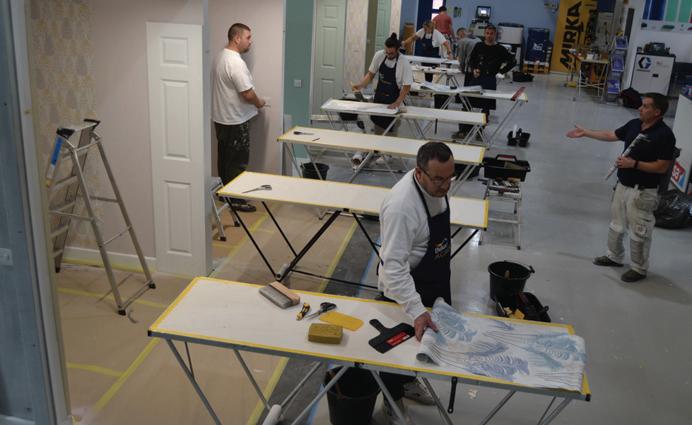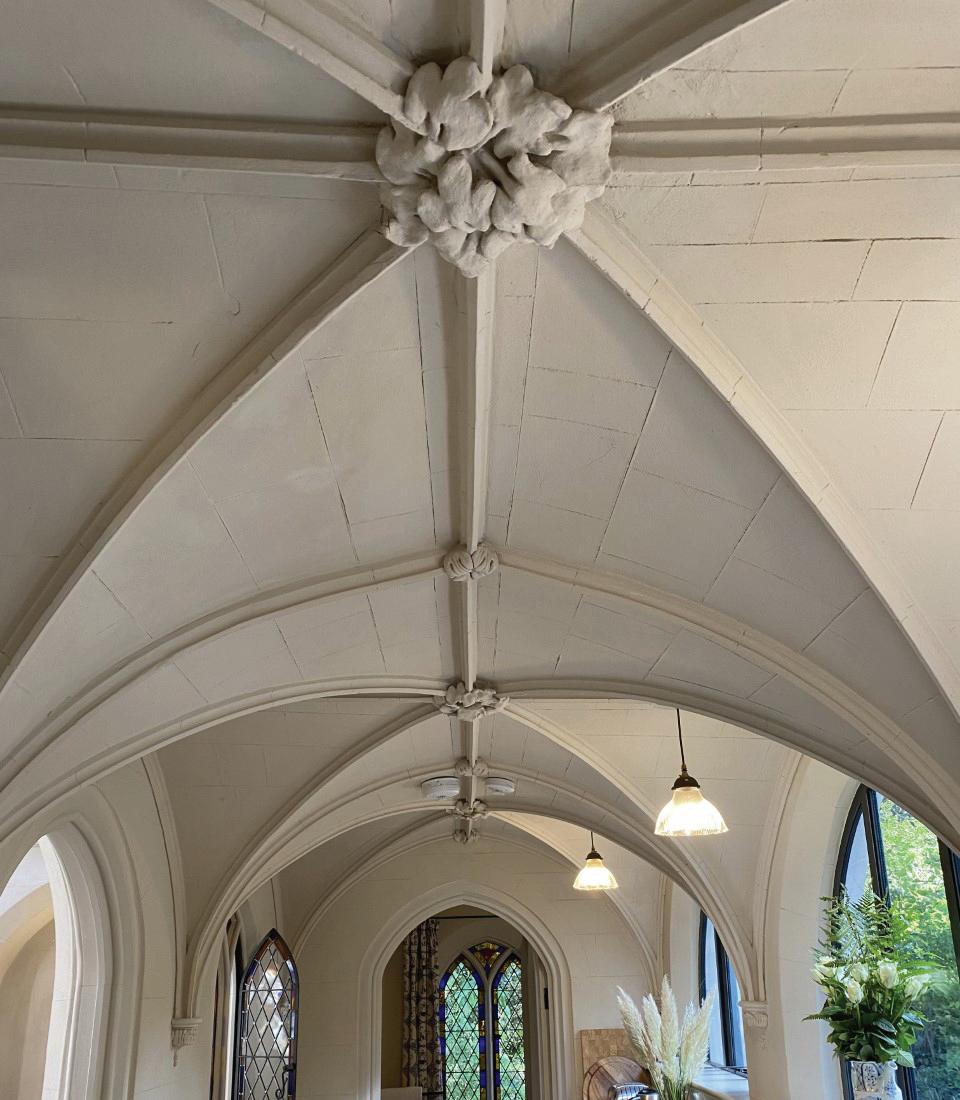
7 minute read
Inside the Dulux Academy
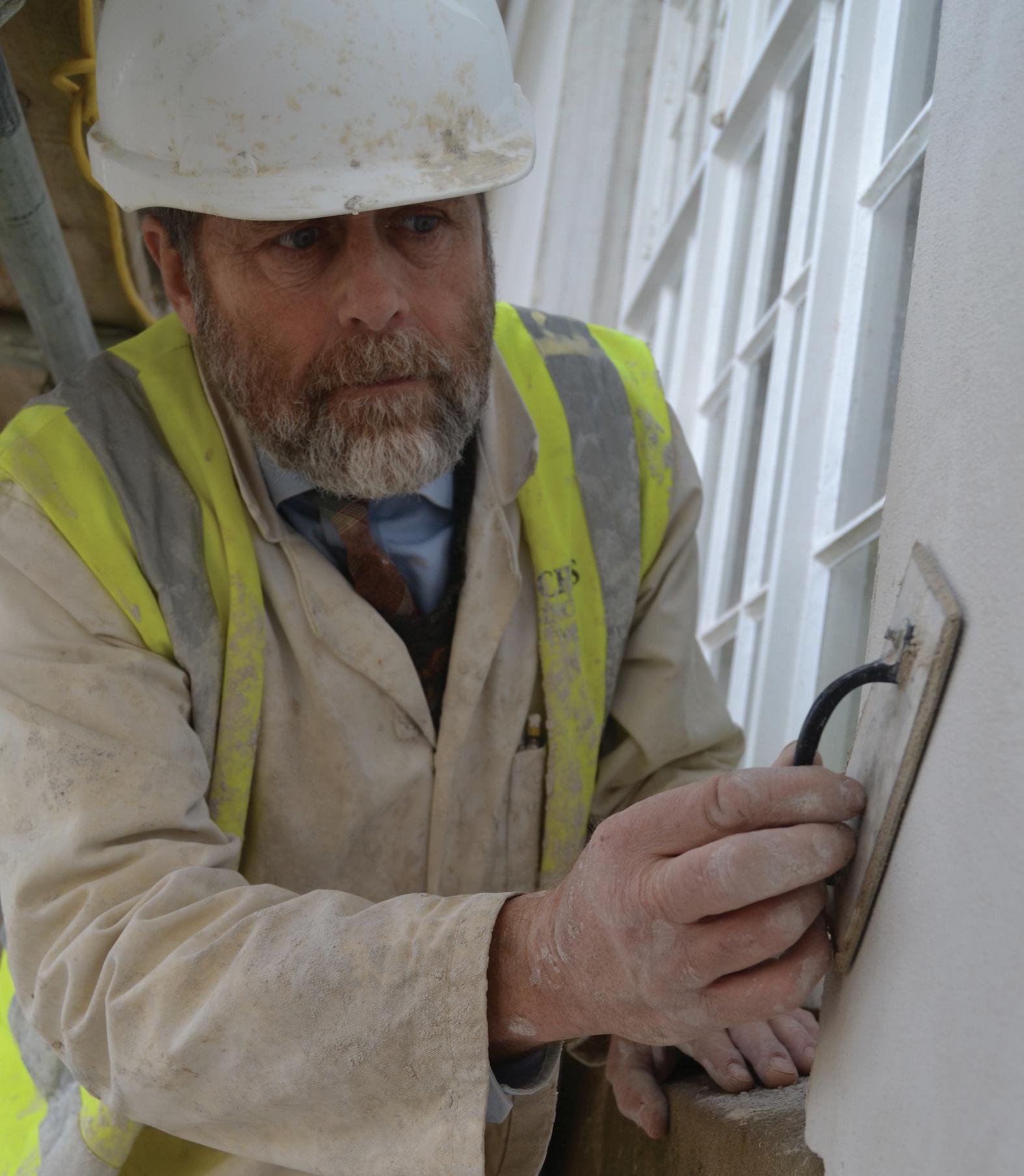
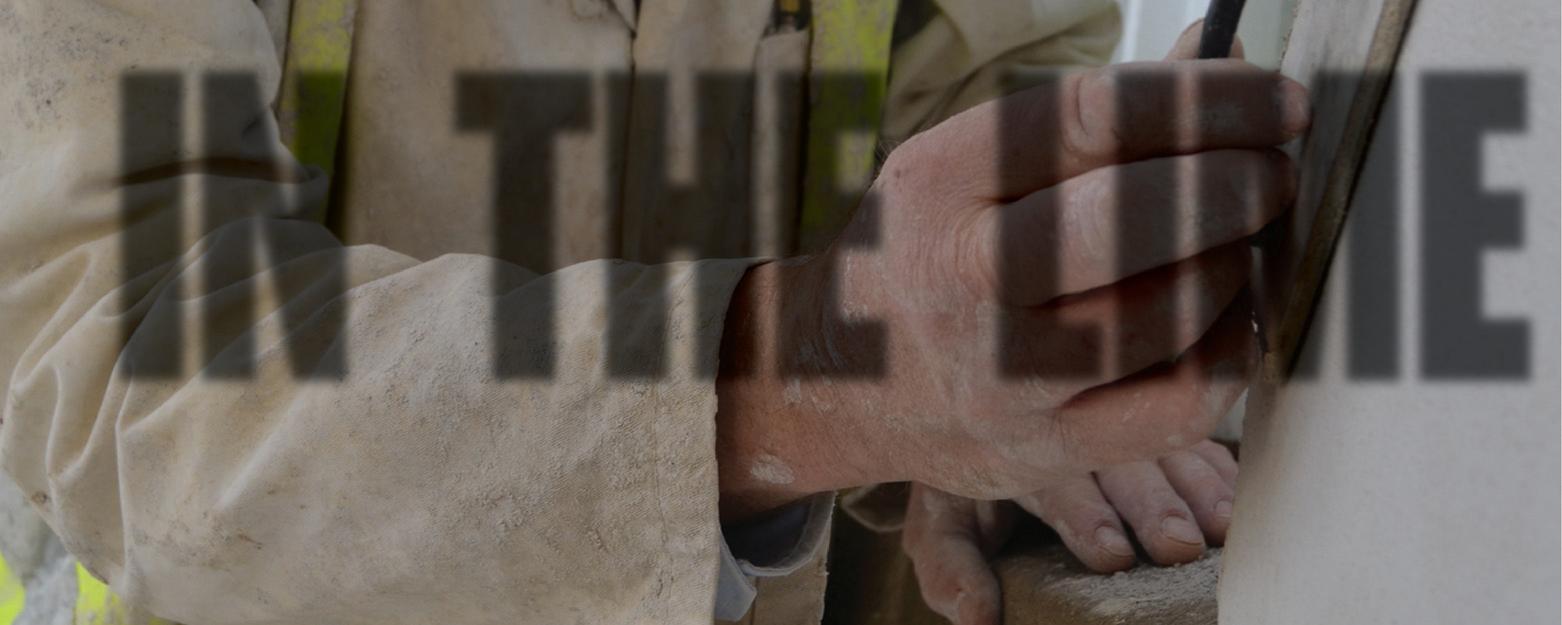
IN THE LIME LIGHT

Professional Builder’s Lee Jones talks to master of plaster, Philip Gaches about his distinguished company and career
His work adorns some of our most treasured Royal Palaces and his knowledge is in demand amongst craft professionals around the world. Master plasterer, Philip Gaches is a passionate advocate of the timeless beauty of lime and decorative plasterwork. We caught up with the proprietor of Gaches Traditional Plastering on the re-rendering of an imposing 19th century country residence which is destined to be used as a wedding venue.
It is a build that represents an excellent example of just why lime is the perfect choice in many period properties, as Philip explains: “On a property like this lime is always the more harmonious choice. The house was originally constructed from a soft red brick with a lime-based bedding mortar, and lime render. All of those materials are inherently breathable and work together to allow the movement of moisture from the ground and the air through the walls, keeping the house relatively dry and damp-free.”
“In the middle of the twentieth century the exterior of the house was re-plastered with a hard, non-porous cement render. That caused all sort of problems with increased moisture levels within the core of the wall, which led to interior decorative damage, but also some decay to the structural timbers. By reverting to a lime render we will now redress that balance.”
Indeed, lime plaster in now making inroads into the mainstream. On a typical cavity wall constructed new build, lime plaster wouldn’t necessarily be specified for its breathability, but there are its aesthetic qualities to consider. Lime has a visual appeal that cement render or gypsum plasters can’t match and that’s why it’s equally finding favour in contemporary projects. Its natural ability to keep humidity levels in a property consistent – as well as its bacteria and mould repellent characteristics – also offer health benefits, whilst it’s worked in much the same way as gypsum, with all the familiar hawks, trowels, straight edges and floats utilised in its application.
Not only that but Philip is adamant that using lime is well within the competence of any skilled tradesman: “It’s my firm belief that we can take a modern plasterer more used to skimming plasterboard and, with one hour of instruction, you could teach them to successfully complete a lath and lime plaster ceiling. As a company, however, we go much further than that. The ethos of the Gaches Traditional Plastering business is to employ exactly the same techniques that would have originally been used on old buildings. It is through
Some examples of the Elizabethan decorative plasterwork Philip and his team have achieved using traditional techniques
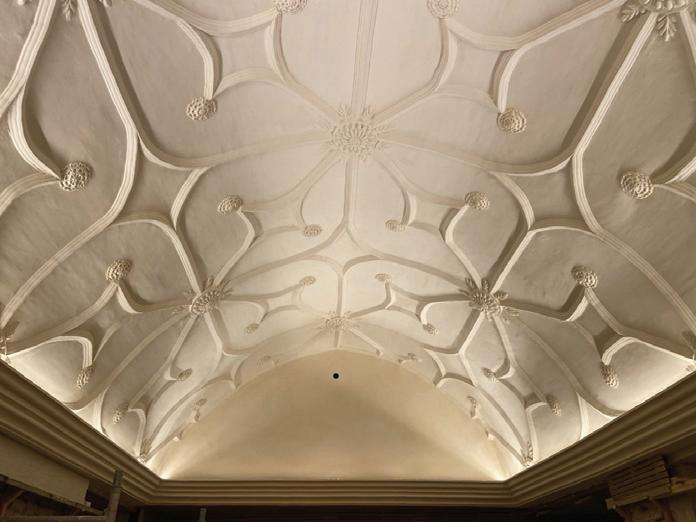
that method that we achieve the same finish that our forbears in the trade would have realised.”
In the finest traditions of the building industry this is a family firm in the truest sense. Philip is the second of three generations of Gaches, with more than forty years of time served with a trowel and counting. His father, Gordon started the business back in 1948, and Philip’s uncle, brother and brotherin-law have all worked together at various points since. Philip is now joined on site by his two sons, William and Jude, but his own bright enthusiasm for the trade shows no sign of dimming.
“Ours is a creative process, and a traditional skill, and there’s always more to learn,” continues Philip. “As a company we produce highly ornate interiors in styles from the 16th century to Georgian and beyond. It’s actually a complicated process that requires a number of different skills-sets depending on the period. At the same time there’s regional variations to consider, with pargetting much in evidence in Suffolk, for example, as well as Roman Cement work, so it’s a process of continually engaging with different styles and aptitudes.” Philip is making his own telling contribution to keeping the art alive by offering courses in traditional plastering. For the last thirty years he has taught for organisations ranging from local authorities to the Society for the Protection of Ancient Buildings, as well as around the world. “Working with the Turquoise Mountain Trust we’ve visited Transylvania several times,” he reveals “and put on courses as far afield as Myanmar and Afghanistan. We’ll be going to the south of France later this year and
the Lebanon.” “I do believe that society is waking up to the value of what I call ‘makers’”, concludes Philip. “That means the people with the practical hands-on craft skills Philip Gaches (left) needed to repair and maintain our with his son, Jude housing stock – both old and new. It’s often the case that we only realise the importance of something when it’s almost lost, and some of the skills that we can draw upon ourselves have come very close to vanishing. We want to help ensure that doesn’t happen.”
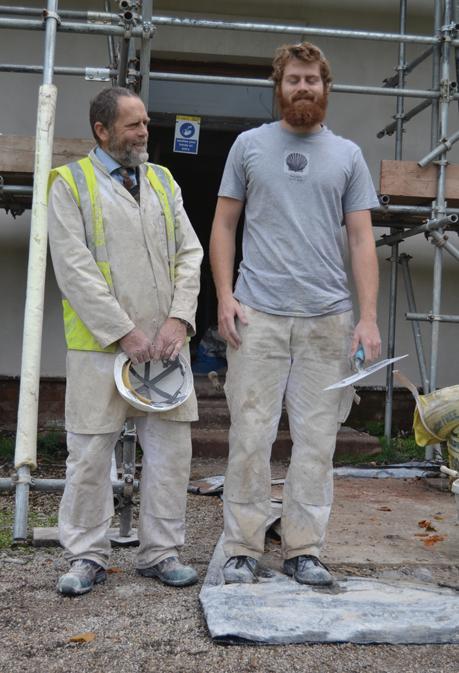
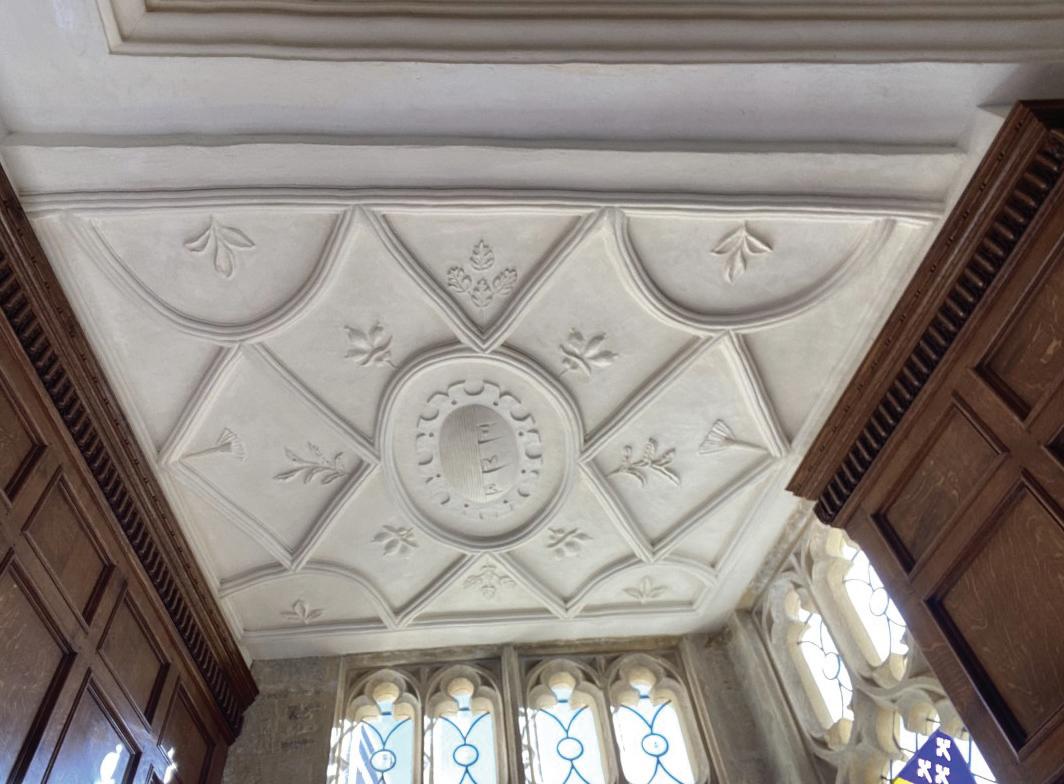
FOR FURTHER INFORMATION ON GACHES TRADITIONAL PLASTERING VISIT: WWW.RDR.LINK/BAM017




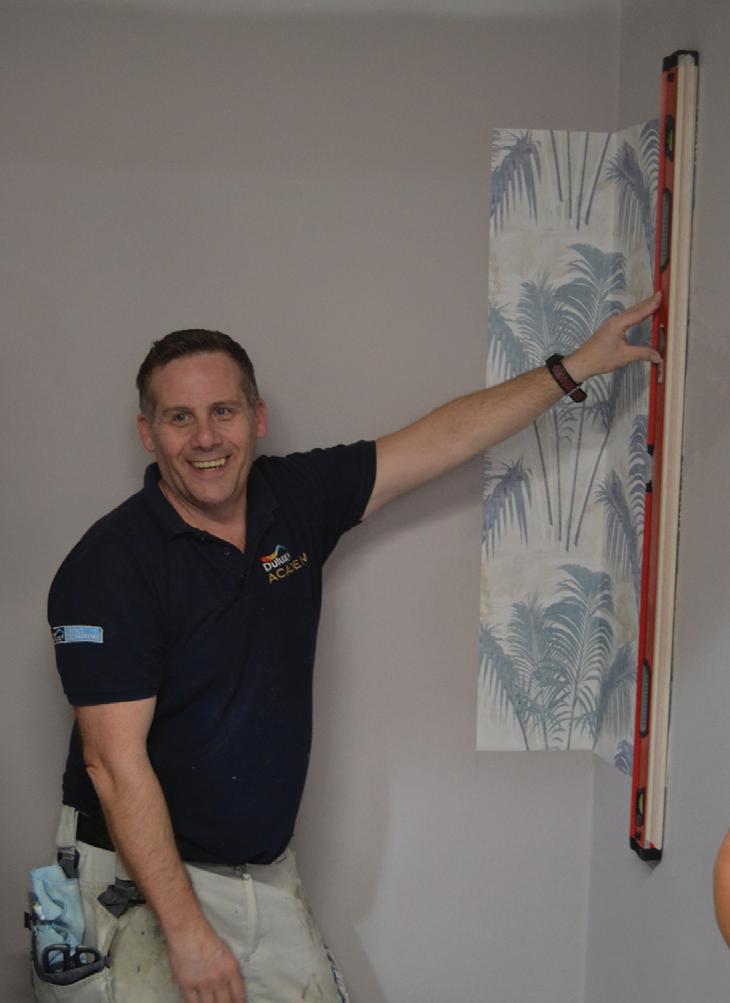
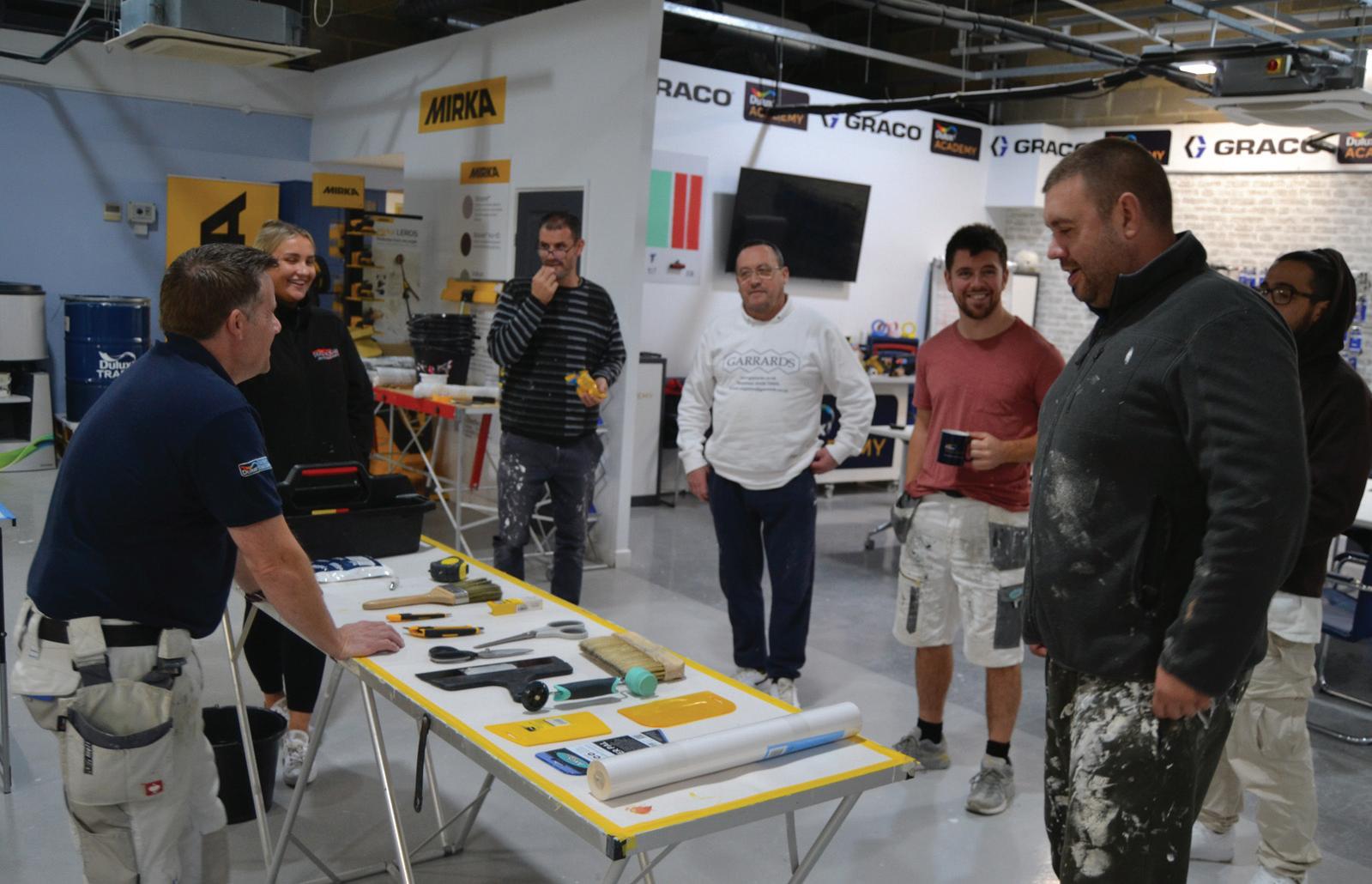
TRAINING & UPSKILLING Inside the
CONFIDENCE WITH
In the final instalment of our Dulux Academy series, Professional Builder attends the Wallpaper Introduction course
The decorative potential of wallpaper is back in vogue. Whether it’s utilised on a feature wall – or covering a whole room – it is an increasingly popular choice for homeowners, and that’s reflected in its status at the Dulux Academy. In fact, after its Spray Introduction course it is the second most popular that the flagship Slough facility, and its wider national network of training centres, delivers.
“It’ only a relatively small part of college curriculums,” explains Matt Gray, Dulux Skills Development Consultant and our trainer for the day, “and because it’s often subject to changes in fashion there are many even very experienced decorators out there who’ve never really built up much experience on wallpaper projects.”
The Dulux Academy 1-day course is designed to lay the grounding on which on the job experience can then build. The decorators in attendance were eager to acquire another skill and open up a business opportunity in the process, as one delegate explains: “When we’ve had clients who’ve enquired about wallpaper I’ve either sub-contracted it out, or tried to steer them away from it,” reveals Surrey-based painter and decorator, Matt Tween. “With more and more property owners looking at it as an option it’s something I want to take on myself because there’s clearly some money to be made from it.”
The 1-day Wallpaper Introduction course is intended to familiarise attendees with some of the basic principles, with the option of progressing to a further 2-day Wallpaper Intermediate Course that will address the more advanced techniques. Matt Gray has more than 30-years’ experience in the industry and understanding the levels of competence around the room is his first task. Safety is, of course, paramount and, with knives used to cut the wallpaper on the day exhibiting a surgical level of sharpness, everyone is reminded of the importance of staying alert.
Wallpapering can demand more planning than some other forms of decorating and it’s imperative that professional decorators read the instructions on the packaging. Use the wrong paste for that particular paper, for example, and it’s down to you, whilst that old adage of measure twice and cut once is never truer than with wallpaper. The material itself can vary hugely in price –with high-end rolls upwards of a £1,000 or more, so mistakes can prove very costly indeed. For those less experienced in wallpapering the labelling might present some unfamiliar symbols but Matt translates these for the class, as well as communicating the different grades and thicknesses of papers available.
The key to any successful decorating job is in the surface preparation and it is here that lining paper comes into its
WALLPAPER
